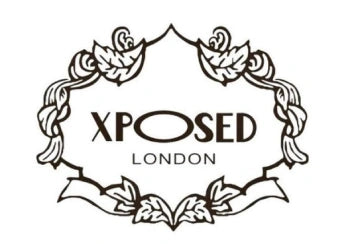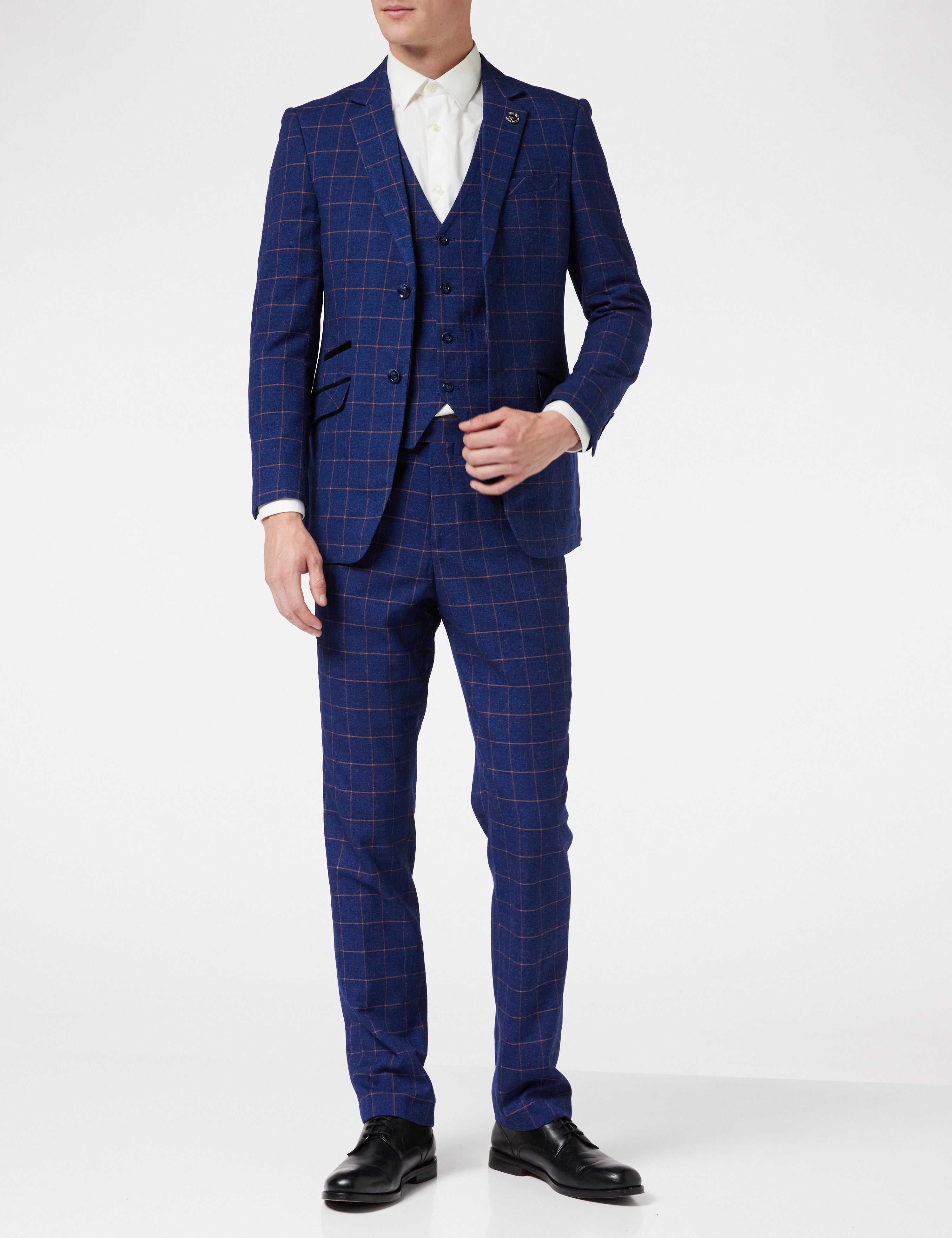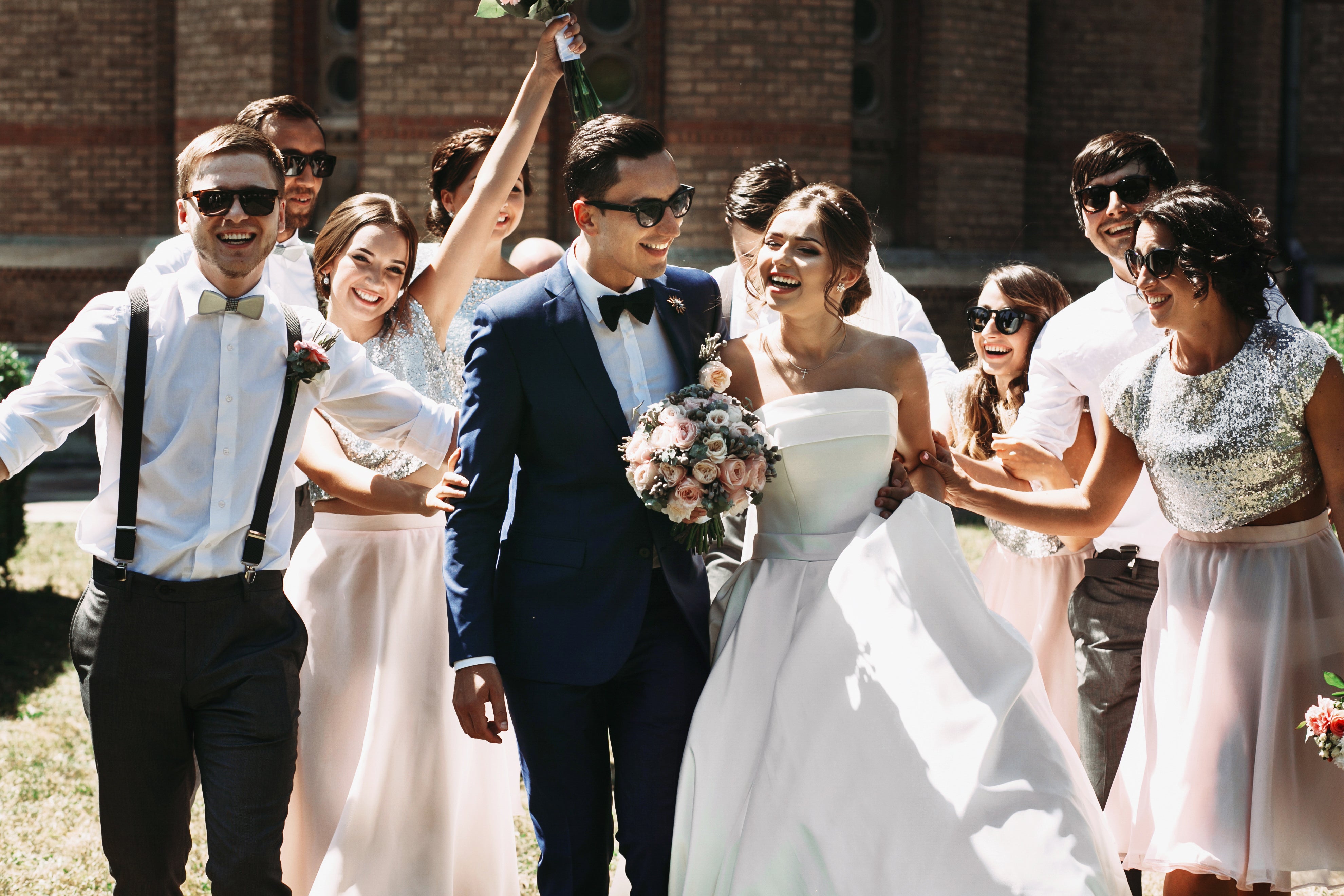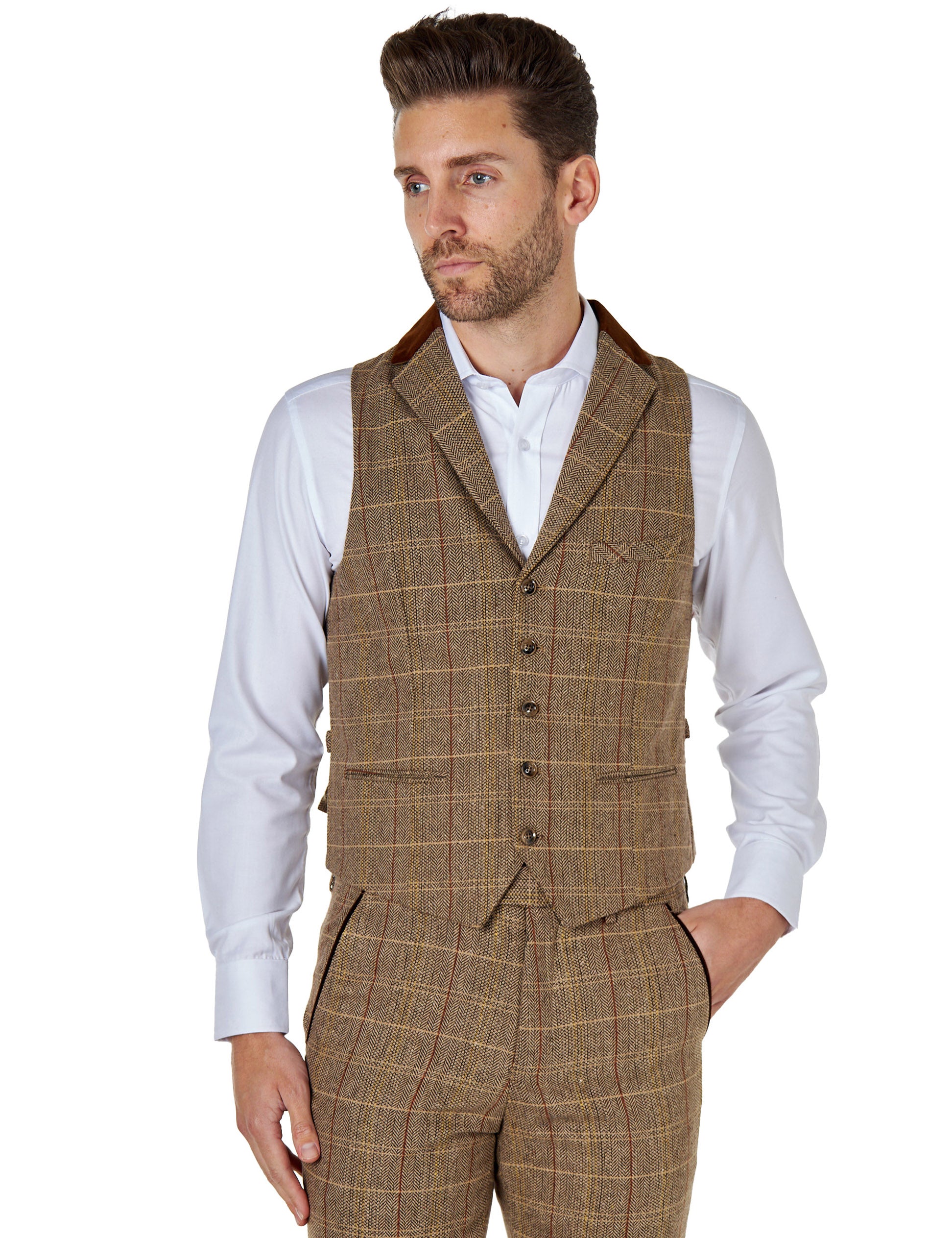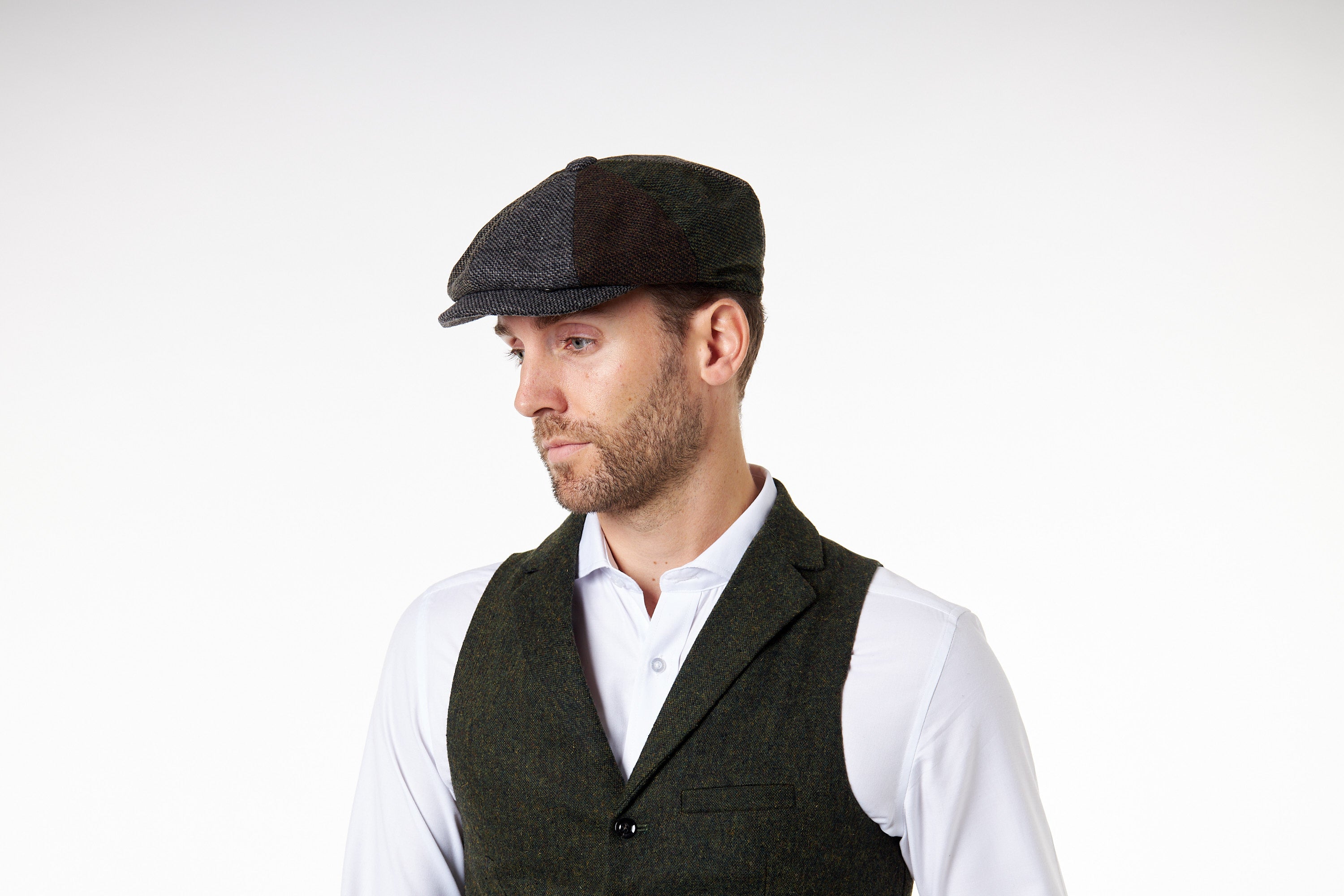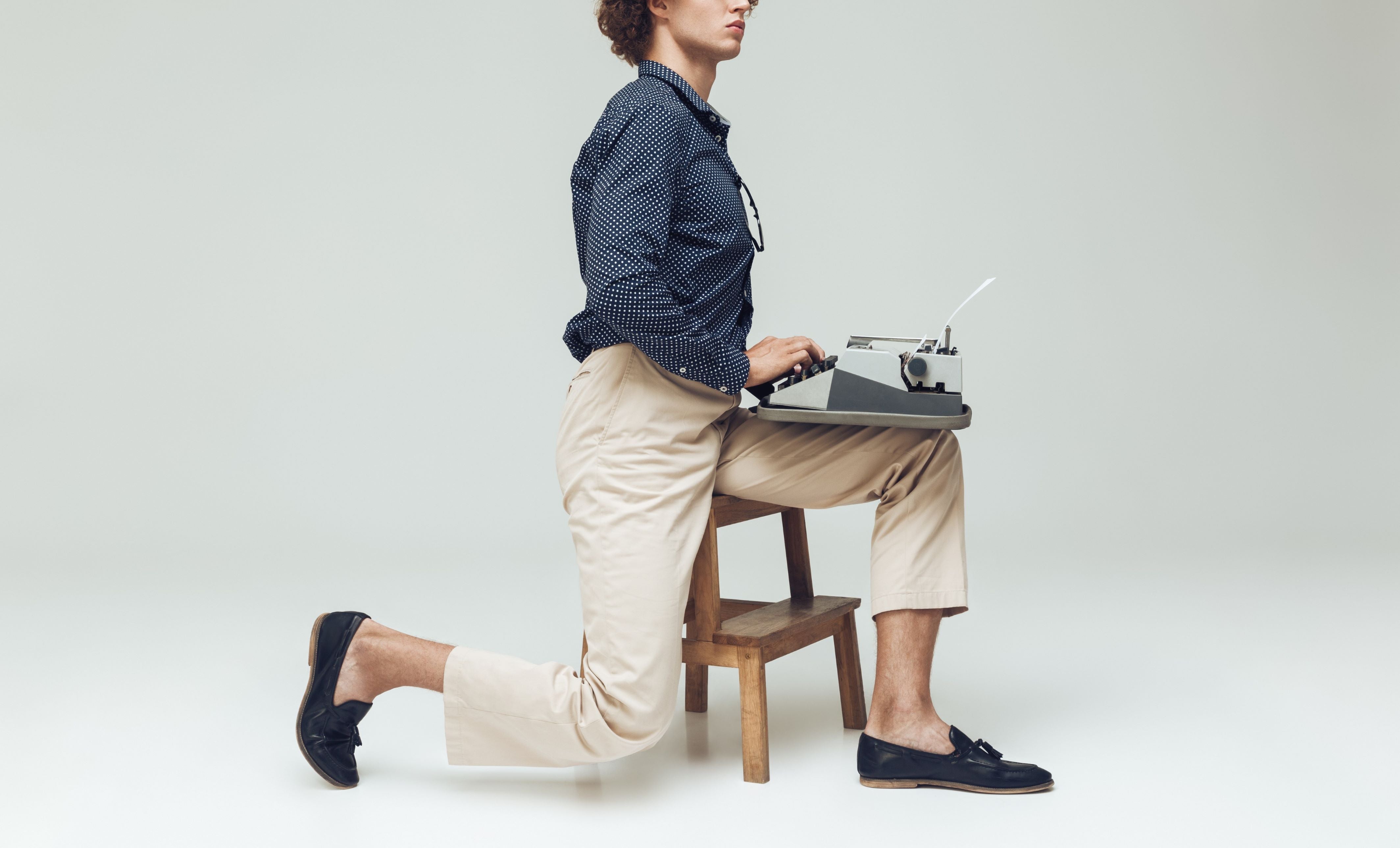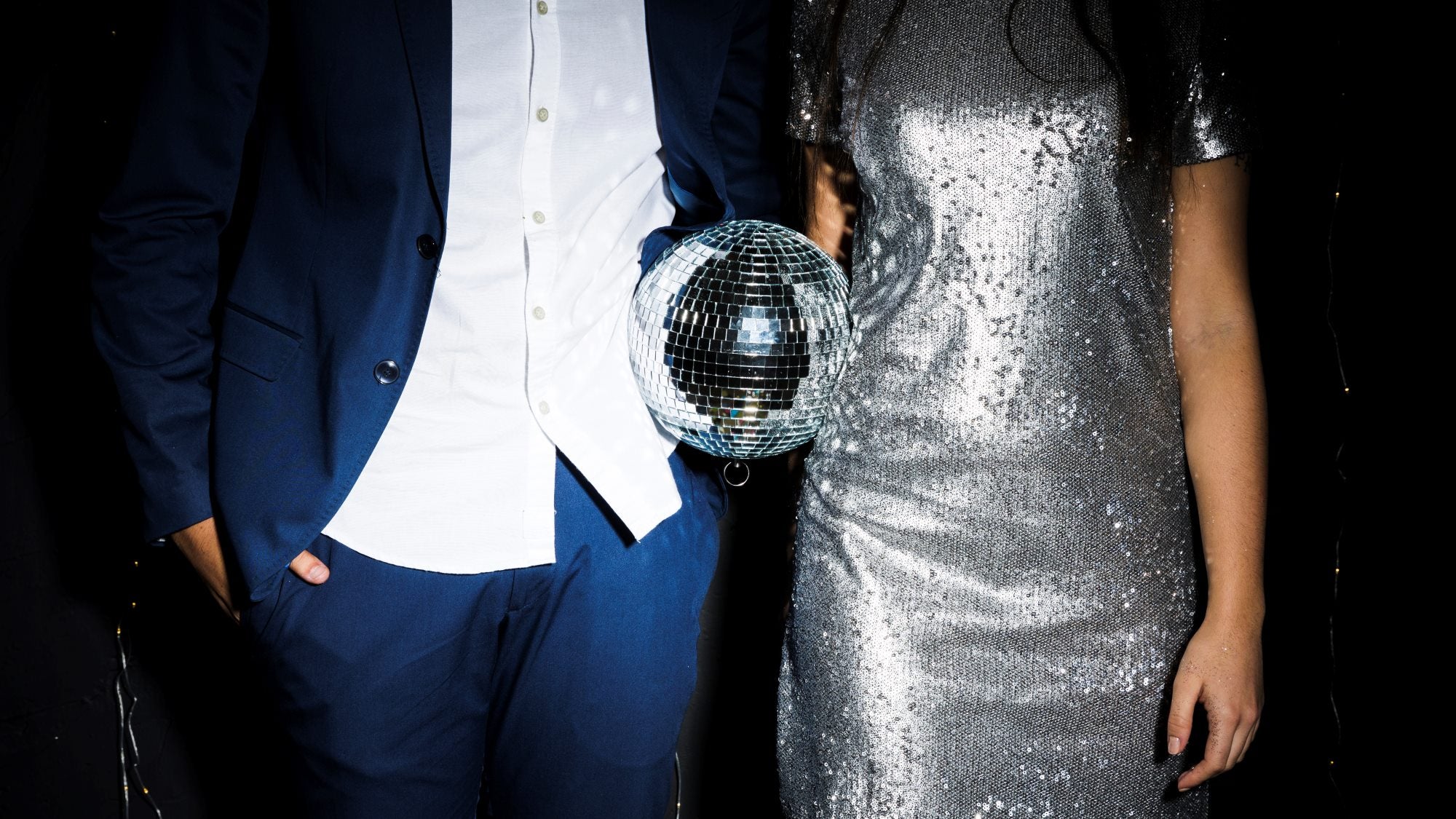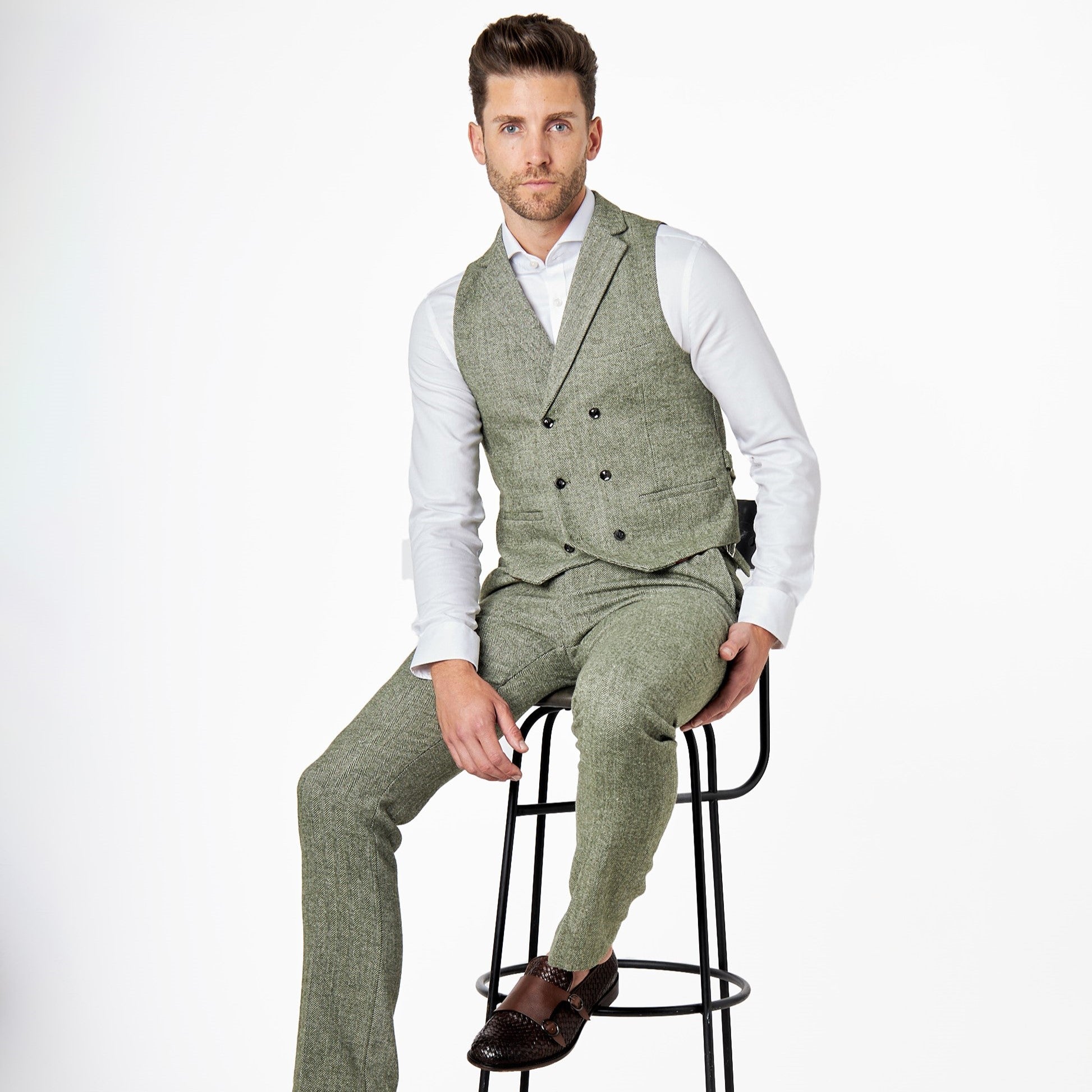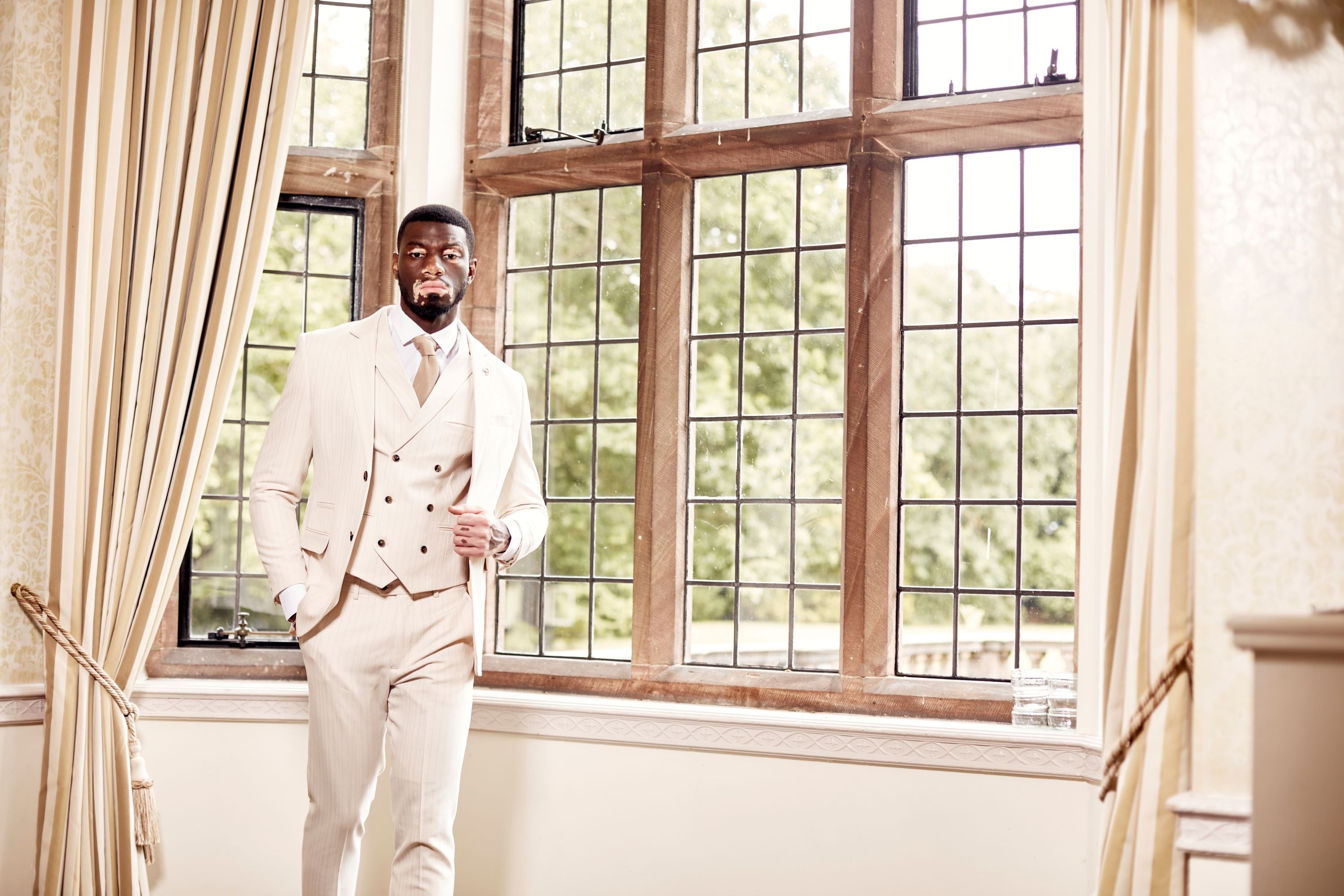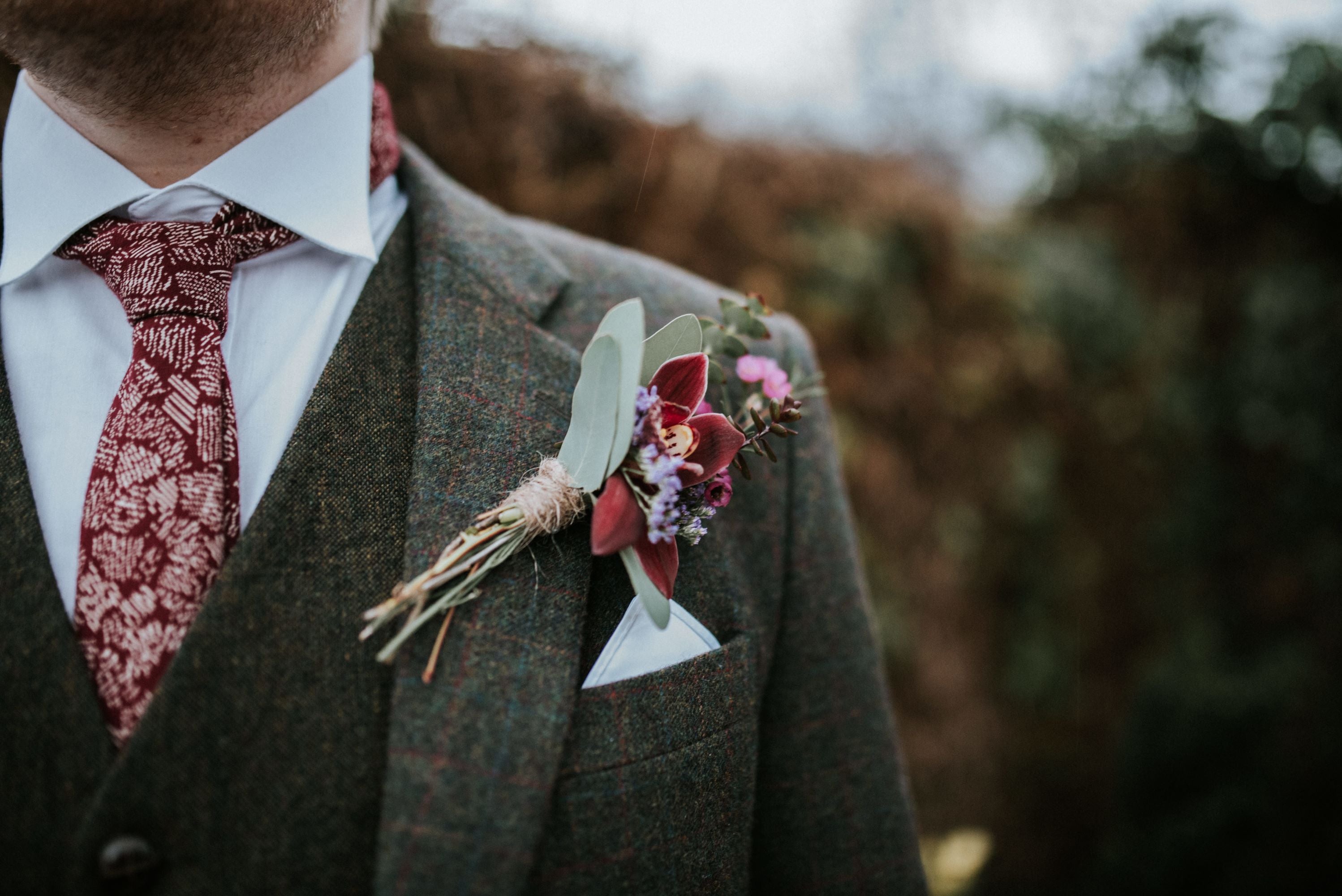Acing your interview attire: a guide for stylish men
Successful interviews don’t just hinge on a well-worded CV and polished skill set. There’s a little extra factor, something that speaks without making a sound: your attire. Being sharply dressed might just give you a few percentage points of advantage over your competition. But all else being equal, it’s those few points that can land you the job.
The way you dress can even have a subconscious, psychological effect on your interviewers, giving them a memorable first impression and an ongoing positive vibe about you – not to mention the confidence it instils in you when you’re feeling like a million dollars.
So how do you put your best sartorial foot forward and make an impression? Assemble your style arsenal with our detailed guide that walks you through essential business attire, demystifying the intricacies involved in dressing for an interview.
The decisive suit
Let’s start with the undisputed anchor of almost every interview attire – the suit. Go for darker, lightweight suits, preferably navy or charcoal – it exudes professionalism and versatility. If the role demands creativity and flamboyance, an impeccably cut fitted grey suit can be a viable alternative. Needless to say, always prioritise perfect fit over style trends. Remember the key dimensions of a good suit – fitted shoulder, ideal sleeve length and appropriate trouser break (the point where your trouser meets your shoe).

The fit
When it comes to a suit, fit is king. A noticeably disproportionate suit can undress your aspirations in a jiffy. Think of your well-tailored suit as a second skin. Stay familiar with these style pointers:
- Jacket shoulder: The jacket shoulders should be right where your own are. Padding that overshoots or fails to make the distance visually hints at poor fit.
- Sleeve length: Your suit’s sleeve should end at your wrist bone, revealing a hint of the shirt cuff. Adjust if it’s creeping down to your palm or inelegantly stopping midway on your forearm.
- Trouser break: The hem of the suit pants should “break” or crease slightly where it meets your shoe. Avoid excessive fabric pooling near your feet or such scarcity that shows your bare ankle when seated.

The colour
The age-old cherished colours remain navy and charcoal. These colours hit the business-wear bullseye – classic, timeless and relevant.
- Navy: Ideal for almost any business setting, a navy suit oozes authority without being too imposing, aligning perfectly with those looking to project dependability, trust and order.
- Charcoal: Radiating the flair of formality yet tranquil, a charcoal suit amplifies sophistication.

A note of caution, though – black suits sit well at weddings or evening cocktails. But they can relay a slightly gauche vibe at an interview unless it’s for positions tying closely with high fashion or luxury goods.
The material
While there’s no doubt that wool has been the fabric of choice for generations, there are modern alternatives that imitate the fabric with aplomb. The benefits are lightness and ease of care, and all but the fabric connoisseur would notice the difference. These lightweight viscose and polyester blends will see you through hot summers and even cold winters, leaving you fresh and perfectly tailored.
Regardless of the range of colours, fits and patterns, remember, the suit is moot unless worn with confidence. So, stride into your next interview, heart full of dreams, and your radiance and silhouette will start the conversation.
Button down to open up
Now, let’s layer your suit with a solid shirt. Convention suggests sticking with a well-fitted pastel – preferably white or light blue – shirt. If opting for patterns, ensure it’s subtle; don’t ambush your interviewers’ eyes.
The key takeaway is that shirt cuffs must peek out, further extending your clean-cut readiness. You have to make it look like you’re used to wearing a suit and you know the rules – even if you don’t.
Knot up the tie
Your look is incomplete without the tie. Silk is the traditional fabric for ties, but again, artificial fabrics have caught up when it comes to colour, quality and sheen. Opt for tried-and-true combinations including solid dark ties on light shirts or subtly-patterned ones to seamlessly maintain harmony. For an upswing in style, consider a dimpled tie.
Shoes and belt
Dive deep into the details. Polished black or brown dress shoes are faithful companions for business attire. Meticulously matched dress belts should go along. Tip – match your shoes with your belt and you’ll command universal respect. People examining you notice little things like that. It shows organisation, attention to detail and taste.
The extras – the power of accessories
While subtlety is vital, it’s wise to add some personal touches with the thoughtful use of accessories. Consider a classy pair of silver cuff-links, a pocket square that matches your tie or an elegant analogue wristwatch. Remember to limit the flourish though, you’re not dressing for a red-carpet event.
Dress for the job
In some cases, the conventional logic may not apply. Today, many tech firms or start-ups prize smart casuals or even jeans and flannels. If you step into an interview at such an establishment in a three-piece suit it might render you an alien among coders and designers in hoodies.
Do your own reconnaissance mission: conduct a shifty investigation of the workplace prior to the interview. Social media and company websites can be excellent sources to reveal the dress code. You’re still in an interview, of course, so full-on casuals won’t always cut it. The team might be relaxed once you’re in the door, but they might treat interviews differently.

Try and find out how they dress for events or conferences rather than what they wear around the office. It might give you some cues as to how formal they go. If in doubt, try separates – light trousers or cords with a blazer, perhaps rocking a plain black T-shirt or roll-neck sweater underneath.
At the end of the day, clothes are mere amplifiers. What you really carry into an interview is your ability, preparation and confidence. But using these fashion tips, you can make sure that your first impression is a strong one, letting your skills shine in a conversation you’ve smartly kicked off with your entrance.
